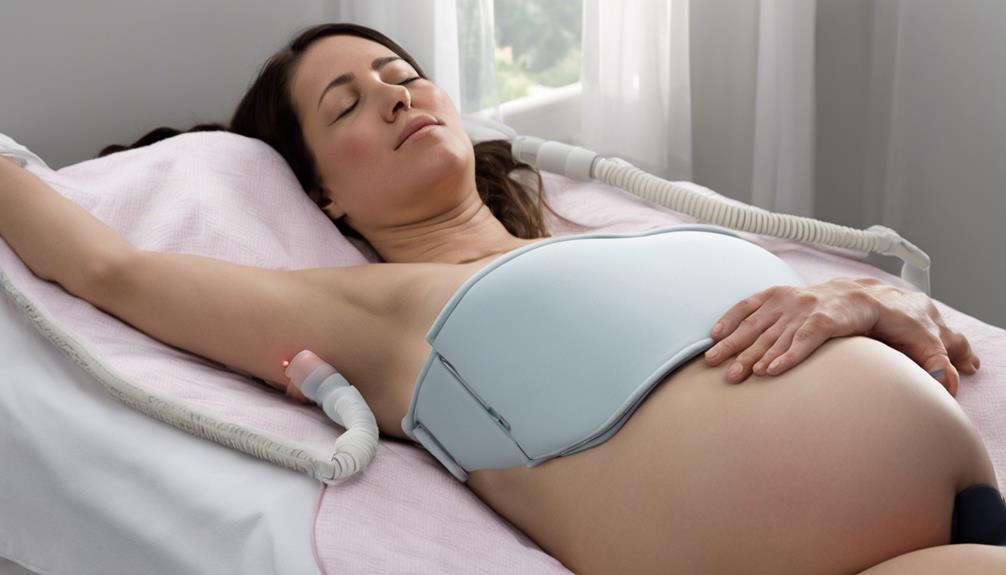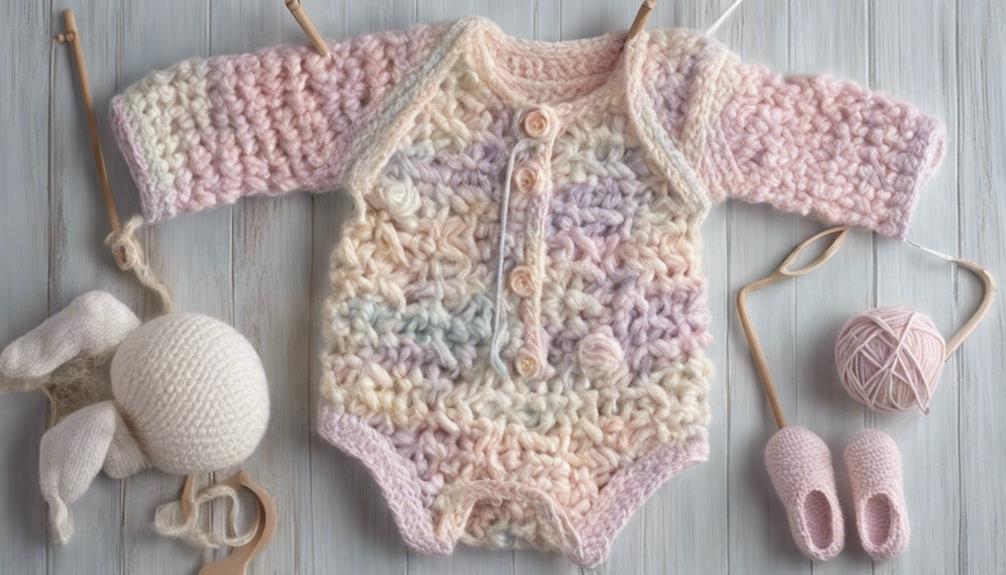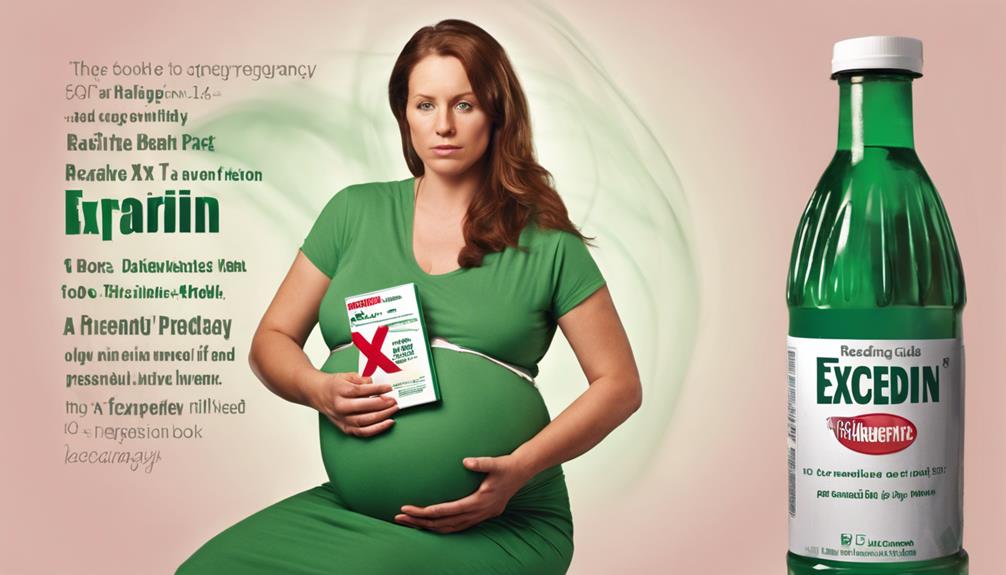Embarking on a journey to learn about the safe use of heating pads during the first trimester of pregnancy, we are faced with the challenge of finding a balance between seeking relief and being cautious.
The warmth that a heating pad provides can offer relief, yet the potential risks linger in the shadows of uncertainty.
Let's explore the delicate balance required to safeguard the well-being of both mother and baby during this important time.
Key Takeaways
- Consult healthcare provider before using heating pad in first trimester
- Limit heating pad use to 10 minutes on lowest setting
- Monitor body temperature closely to avoid overheating risks
- Consider safe alternatives like prenatal massages for pain relief
Importance of Safe Heating Pad Use
Highlighting the critical need for safe heating pad utilization in the first trimester of pregnancy, careful attention to guidelines is imperative to safeguard the health of the developing fetus. Exposing the developing baby to excessive heat during this vital period may lead to an increased risk of birth defects and complications.
Hence, adhering to safety guidelines for heating pad use becomes paramount to minimize any potential harm. It's highly recommended to consult with a healthcare provider to guarantee the safe use of heating pads during the first trimester.
Monitoring body temperature regularly and limiting the duration of heating pad sessions are essential precautions for pregnant individuals in the early stages of pregnancy. By following these guidelines diligently, expecting mothers can create a safe environment for the growing fetus and mitigate the risks associated with improper heating pad use in the first trimester.
Guidelines for First Trimester

In the first trimester of pregnancy, it's essential to strictly adhere to guidelines for safe heating pad usage to protect the well-being of both the mother and the developing baby. During this sensitive period, following safety guidelines is critical to minimize potential risks.
It's recommended to use a heating pad on the lowest setting for no longer than 10 minutes at a time. Excessive heat exposure should be avoided as it can lead to birth defects and other complications. Consulting a healthcare provider before using a heating pad in the first trimester is important to make certain that it's safe for both the mother and the baby.
Using caution and being mindful of overheating can help mitigate any risks associated with heating pad use during early pregnancy. Prioritizing the safety and health of both the mother and the developing baby is paramount during this critical phase.
Potential Risks to Consider
To mitigate potential risks associated with heating pad use during the first trimester of pregnancy, caution and adherence to safety guidelines are essential. Elevated core body temperature, particularly in the first trimester, can pose risks to the developing fetus. It is important to consult a healthcare provider before using a heating pad during this period to make sure the safety of both the mother and the baby. While limited direct evidence exists on the effects of heating pads on pregnancy outcomes, especially in the early stages, it is best to err on the side of caution.
—
| Risks | Description | Prevention |
|---|---|---|
| Overheating | Excessive heat from the heating pad can raise the body temperature, potentially harming the fetus. | Use the heating pad on low settings and for limited periods. |
| Potential Risks | The impact of prolonged heating pad use in the first trimester is not extensively studied, leading to uncertainty about its effects on pregnancy outcomes. | Consult a healthcare provider before using a heating pad during pregnancy to make sure safety measures are in place. |
Tips for Safe Application

Considering the potential risks associated with heating pad use during the first trimester of pregnancy, it's important to implement specific guidelines to guarantee safe application and minimize any adverse effects on the developing fetus.
To ensure safe use, it's recommended to place a thin cloth or towel as a barrier between the heating pad and your skin. This barrier helps prevent direct contact and reduces the risk of overheating.
Additionally, it's important to avoid falling asleep with the heating pad on and limit each session to 20 minutes for safety reasons. Adjust the heating pad to a low or moderate temperature setting to prevent it from getting too hot.
Be vigilant and monitor your body's response to the heat; if you start feeling too hot or uncomfortable, discontinue use immediately.
Lastly, always consult with your healthcare provider before using a heating pad during the first trimester of pregnancy to receive personalized advice tailored to your specific situation.
Alternatives to Heating Pads
Exploring alternative options for pain relief, such as prenatal massages and acupuncture, can offer safe and effective alternatives to using heating pads during the first trimester of pregnancy. Prenatal massages, done by trained professionals, can help alleviate muscle tension and joint pain.
Acupuncture, under the guidance of a skilled practitioner experienced in treating pregnant women, can be a valuable alternative therapy for managing discomfort. Gentle stretching exercises tailored for expectant mothers are another way to relieve aches without the need for a heating pad.
Additionally, hydrotherapy, including warm water baths or swimming, can provide relaxation and relief from pregnancy-related pains. However, it's essential to consult with a healthcare provider before starting any new pain relief regimen during the first trimester to make sure it's safe for both the mother and the developing fetus.
Prioritizing safe and effective pain management strategies is vital in this delicate phase of pregnancy.
Conclusion
To sum up, it's important to prioritize safety when using a heating pad during the first trimester of pregnancy. By following guidelines, avoiding risks, and seeking alternatives when needed, pregnant individuals can effectively manage pain and discomfort without compromising their health or the health of their baby.
Remember, always consult with a healthcare provider for personalized advice and guidance. As the saying goes, 'An ounce of prevention is worth a pound of cure.'









